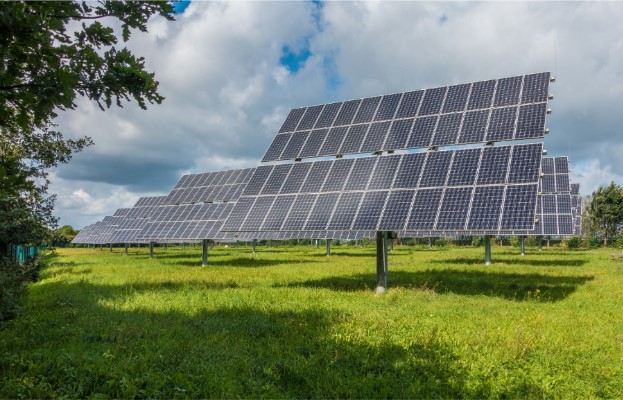If you’re pondering making the switch to solar power, it’s crucial to comprehend how solar panels generate clean energy. Despite appearing to be a mystical solution, the process behind solar panel technology is straightforward. This blog post examines the inner workings of solar panels and why they’re such an efficient and sustainable source of energy.
Solar panel technology has undergone a remarkable transformation in recent years, and with the rising costs of electricity and the increasing demand for sustainable energy solutions, it’s no wonder that more and more people are making the switch to solar power. But how do these panels actually work? Let’s find out.
The Components of a Solar Panel System

A solar panel system comprises multiple components that function collectively to produce eco-friendly electricity. These collections of parts involve:
- Solar panels: Sunlight is harnessed and transformed into electricity by photovoltaic cells that are incorporated into the flat panels commonly seen on the roofs of homes and businesses.
- Inverter: The inverter is responsible for converting the DC (direct current) electricity that the solar panels generate into AC (alternating current) electricity that can be used to power your home or business.
- Battery (optional): You can maximize the benefits of your solar panel system by adding a battery to store the energy produced and use it later, even when there is no sunlight.
- Monitoring system: You can oversee the energy production of your solar panels and your energy usage with the help of a monitoring system.
How Solar Panels Generate Electricity

Now that we’ve familiarized ourselves with the components of a solar panel system let’s examine in detail the surprisingly simple process by which the panels produce electricity.
- Photovoltaic cells within the solar panels harness the power of the sun’s rays.
- Sunlight is harnessed by solar panels and converted into DC electricity.
- Energy from the solar panels is converted into DC electricity and sent to the inverter.
- The inverter transforms the DC electricity into usable AC electricity that can be employed to operate your home or commercial enterprise.
- Any excess electricity that isn’t used is sent back to the grid or stored in a battery.
It’s important to recognize that solar panels work most efficiently in direct sunlight, emphasizing the need to install them in a location that receives plentiful sunlight throughout the day.
Conclusion
Solar panels are the superheroes of the energy world, fighting against climate change and saving you money at the same time. With their sleek and simple design, they harness the power of the sun to generate clean energy for your home or business. By diving into the science behind solar panel installation and understanding how they work, you’ll be equipped with the knowledge to make a well-informed decision about whether solar power is the right choice for you. Not only will you be positively impacting the environment, but you’ll also be able to watch your energy bills dwindle to a mere fraction of their former selves. So why not embrace the sun’s power and switch to solar today? Your wallet (and the planet) will thank you.


